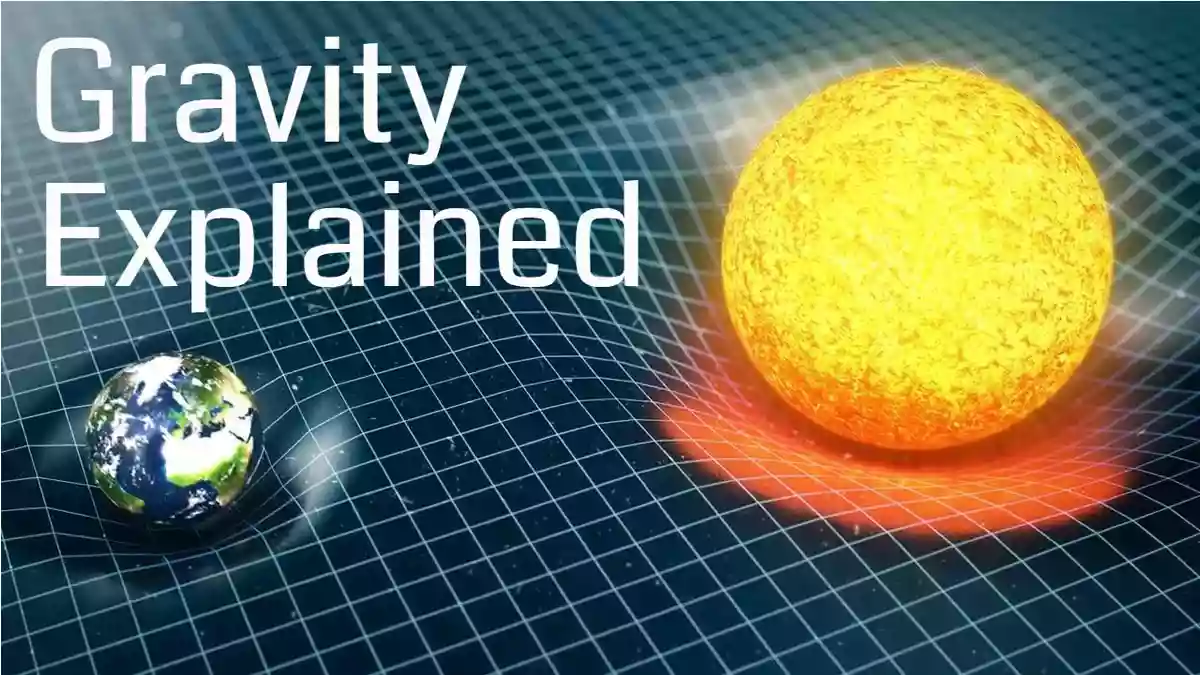
Gravity is a fundamental force of nature that causes objects with mass to attract each other. It is the force that pulls objects towards each other, and it is responsible for keeping planets in orbit around stars, and stars in orbit around the center of galaxies.
The strength of the gravitational force between two objects depends on the mass of the objects and the distance between them. The greater the mass of the objects, the greater the gravitational force between them. Similarly, the closer two objects are to each other, the stronger the gravitational force between them.
Gravity is described by Einstein's theory of general relativity, which postulates that massive objects warp the fabric of spacetime around them, causing other objects to move towards them. The theory has been extensively tested and confirmed through a variety of experiments and observations.
In everyday life, we experience gravity as the force that keeps us anchored to the surface of the Earth, and as the force that makes objects fall towards the ground when we drop them.
Think of a person standing on a trampoline. The person represents a massive object, like a planet, and the trampoline represents the fabric of spacetime.
When the person stands on the trampoline, it causes the fabric to warp and bend, creating a depression in the surface. If you were to roll a ball nearby, it would start to roll towards the person because of the depression created by the person's mass.
Similarly, the mass of a planet warps the fabric of spacetime around it, causing other objects, like moons or satellites, to move towards it. This is why planets have moons in orbit around them, and why stars are in orbit around the center of galaxies.
The strength of the gravitational force depends on the mass of the objects and the distance between them, just like the depression on the trampoline would be stronger the heavier the person is and the closer the ball is to the depression.
So, in short, gravity is like a depression on the fabric of spacetime created by the mass of objects, causing other objects to move towards them.
Imagine you are lying on a soft, bouncy mattress, and you have a big, heavy ball next to you. The ball represents a planet, and the mattress represents the fabric of spacetime.
The mattress is stretched tight, but when the ball is placed on it, it creates a dent in the mattress. Now, if you roll a smaller ball nearby, it will roll towards the big, heavy ball because of the dent it created in the mattress.
This is similar to how the mass of a planet creates a dent in the fabric of spacetime, and other objects like moons or satellites move towards it because of the dent.
So, gravity is like a big, heavy ball on a soft, bouncy mattress. The ball creates a dent in the mattress, and other smaller balls roll towards it because of the dent. Similarly, the mass of a planet creates a dent in the fabric of spacetime, and other objects move towards it because of the dent.